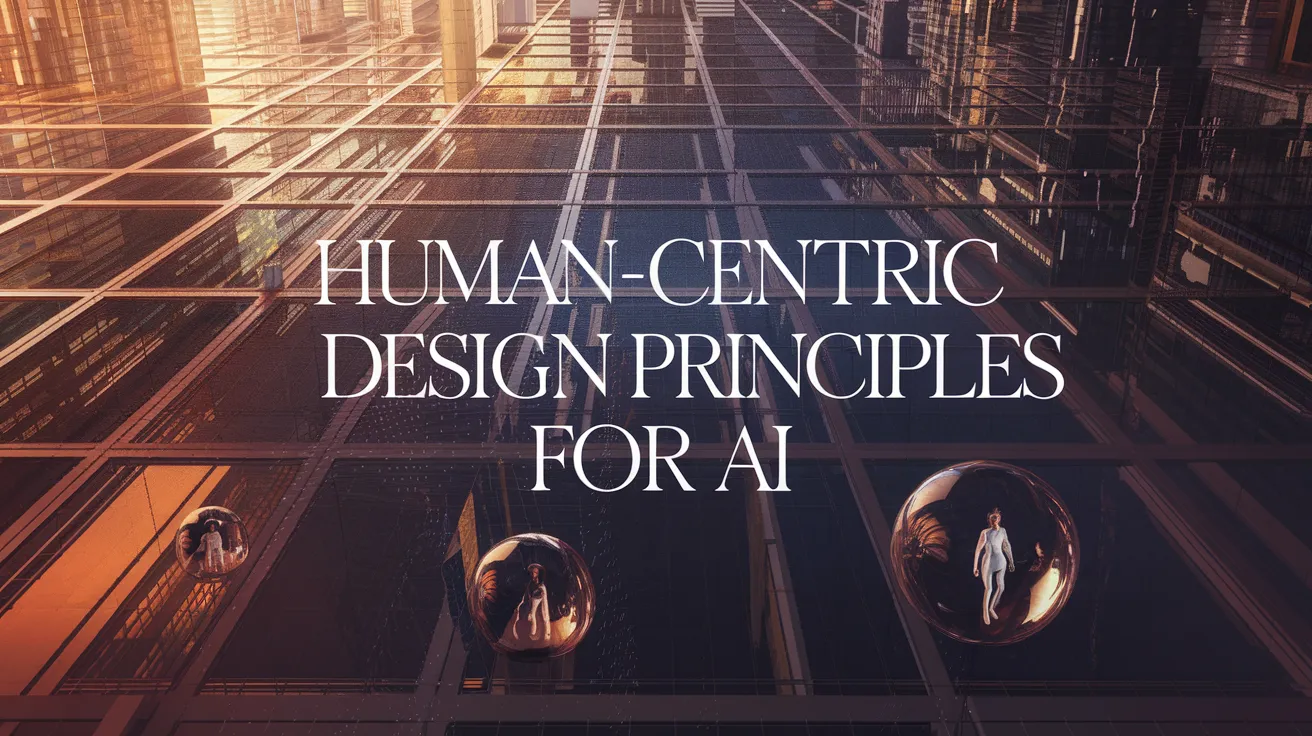Human-Centric Design Principles for AI

Personal Reflections on Leadership and AI
On May 19th, I had the honor of attending the commissioning ceremony for District of Columbia’s Naval ROTC officers as they became ensigns in the US Navy and second lieutenants in the US Marine Corps. The day unfolded under a clear blue sky, accompanied by a light breeze that caused flags to flutter in a vibrant tribute to patriotism.
The ceremony commenced with a presentation of colors and a Christian invocation, setting a solemn tone for the important occasion. The newly minted officers took the Commissioning Oath, pledging to support and defend the Constitution while facing the storied document itself, housed across the street from the Navy Memorial in the National Archives building.
Representing my university at this significant event, where we have a notable percentage of NROTC students, I found it impossible not to feel a swell of pride and gratitude for these young Americans stepping into service.
Insights from a Marine Corps Leader
The commencement speaker, an esteemed lieutenant general in the Marine Corps, shared vital insights on leadership during his address. Through engaging with him and reviewing his impressive background, it was evident that he possessed a deep understanding of commanding respect and responsibility.
What struck me particularly was his advice encapsulated in the phrase: “heads up and hands free leadership.” This concept emphasizes the importance of maintaining personal engagement with those under one’s command. He urged, “Don’t let technology obscure the person. Engage them face-to-face, and kneecap-to-kneecap. Be fully present.”
Connecting Leadership to AI Design Principles
Although I was not the target audience for this military-oriented guidance, I found it resonating deeply with my thoughts on artificial intelligence, particularly from a Catholic perspective. Last November, I attended a two-day forum on AI at the Casina Pio IV in the Vatican gardens, dedicated to discussing the development of AI systems that align with the Church’s mission.
This enlightening experience helped me connect the dots between effective leadership and the principles that should guide the design of artificial intelligence. The core message advocates for technology that enhances—not replaces—our human connections. As we navigate the future of AI, we must strive to ensure that our designs prioritize human dignity, personal interaction, and ethical responsibility.